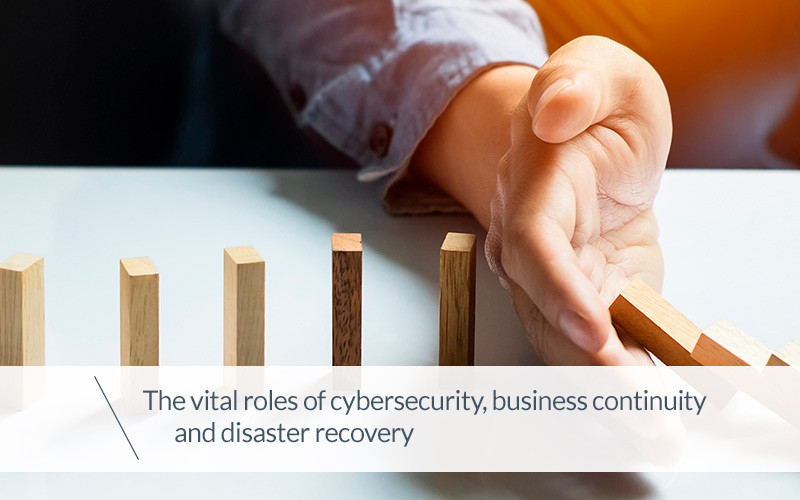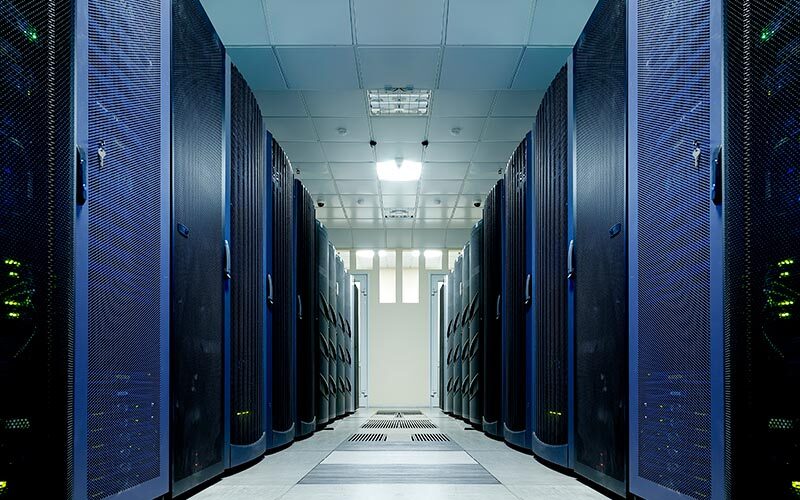
The term cybersecurity is often mistakenly associated with a super-technological issue, almost bordering on sci-fi scenarios: the matter is therefore considered appropriated only for huge businesses operating in extremely innovative sectors.
Nothing could be further from the truth.
Computers and IT systems security should be one of the main concerns for any business and organization present in today’s market place.
Protecting data and infrastructure security, particularly critical and essential ones, needs to be a usual practice for businesses, which must invest in cybersecurity resources as well as in disaster recovery.
Protecting oneself from attacks and unexpected events
Put bluntly, the ability of a business to be able to count on secure IT infrastructures equates to its ability to stay in the marketplace and to be productive.
Cybersecurity, however, isn’t only protection against hackers and direct attacks on a company’s or an organization’s servers, as one might tend to think. It acts by generating security for business data even regards unexpected and potentially jeopardizing events.
It is vital, therefore, to act prognostically, creating a security system able to guarantee protection from any known or unknown external attack.
Business continuity depends on this.
Ensuring business continuity
What does business continuity mean? It’s a complex process to implement, but stated simply it means setting up a system which will permit the business to continue operating even following a potentially destructive cybersecurity attack or violent external event.
For example, in the instance of a fire destroying all of a company’s servers, a business continuity system would permit data and document recovery in order to continue operations, in a relatively short time and without damaging repercussions.
A system of this type is a product of dedicated infrastructure protection and prognostic procedures, but also of an efficient disaster recovery arrangement.

What is disaster recovery?
Disaster recovery is an IT security planning function which aims to protect a business from the effects of adverse events.
Possessing an active disaster recovery strategy allows a business to maintain or rapidly regain essential operations following an interruption.
A disruptive event could be anything which compromises the operations of a business, including an IT attack, a power outage, equipment breakdowns or natural disasters.
The goal of DR (disaster recovery) is to put any business in condition to continue to operate in nearly normal conditions despite of any occurrence.
The difference between business continuity and disaster recovery
Despite many shared features, business continuity and disaster recovery are not the same thing.
Whilst disaster recovery occurs immediately after a substantially violent event that damages the IT systems of a business and where routine activity is interrupted, permitting a rapid return to normal operations, business continuity comes into play in buffer phase between the event and the recover of operational functionality.
The goal, in this case, is to avoid the total interruption of business activities, even if only for a short period of time.
Indeed, for some businesses, operational breakdown that last even just a few minutes can produce unimaginable catastrophic economic consequences (and more besides).
At FAIST, we take these matters very seriously, to avoid any suspension of our ability to serve our clients in the best possible way. In all of our divisions, IT teams worked on a well-thought-out plan for disaster recovery and business continuity, which helps us sleep well at night.
As Industrial Division, we also supply a major player in the market of infrastructure for data centers, communication networks and critical power supply systems. Happy to contribute to everyone’s security in this way.



